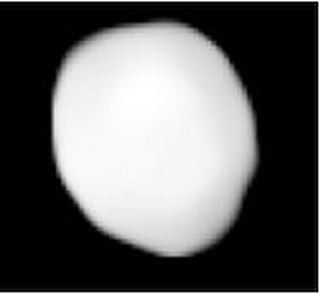
Europa is the 6th-largest asteroid in the asteroid belt, having a diameter of over 300 km, though it is not correspondingly massive. It is not round but is shaped like an ellipsoid of approximately 380×330×250 km. It was discovered on 4 February 1858, by Hermann Goldschmidt from his balcony in Paris. It is named after Europa, one of Zeus's conquests in Greek mythology, a name it shares with Jupiter's moon Europa.
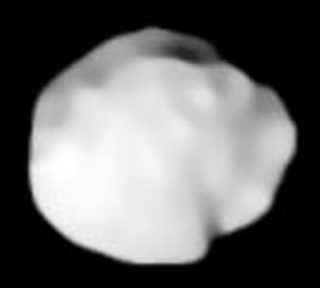
Juno is a large asteroid in the asteroid belt. Juno was the third asteroid discovered, in 1804, by German astronomer Karl Harding. It is one of the twenty largest asteroids and one of the two largest stony (S-type) asteroids, along with 15 Eunomia. It is estimated to contain 1% of the total mass of the asteroid belt.
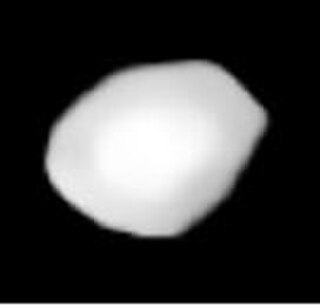
Themis is one of the largest asteroids in the asteroid belt. It is also the largest member of the Themistian family. It was discovered by Annibale de Gasparis on 5 April 1853. It is named after Themis, the personification of natural law and divine order in Greek mythology.

Hebe is a large main-belt asteroid, containing around 0.5% of the mass of the belt. However, due to its apparently high bulk density, Hebe does not rank among the top twenty asteroids by volume. This high bulk density suggests an extremely solid body that has not been impacted by collisions, which is not typical of asteroids of its size – they tend to be loosely-bound rubble piles.
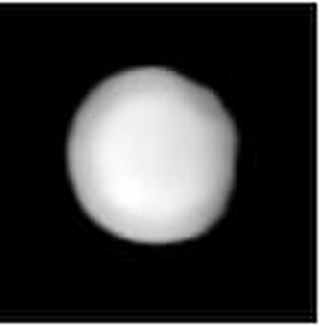
Flora is a large, bright main-belt asteroid. It is the innermost large asteroid: no asteroid closer to the Sun has a diameter above 25 kilometres, and not until 20-km 149 Medusa was discovered was an asteroid known to orbit at a closer mean distance. It is the seventh-brightest asteroid with a mean opposition magnitude of +8.7. Flora can reach a magnitude of +8.1 at a favorable opposition near perihelion, such as occurred in November 2020 when it was 0.88 AU from Earth.
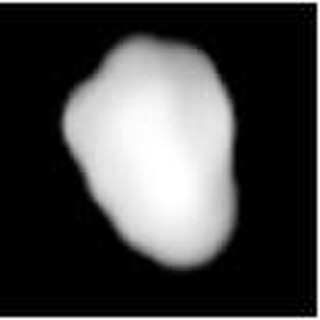
Metis is one of the larger main-belt asteroids. It is composed of silicates and metallic nickel-iron, and may be the core remnant of a large asteroid that was destroyed by an ancient collision. Metis is estimated to contain just under half a percent of the total mass of the asteroid belt.

Parthenope is a large, bright main-belt asteroid.
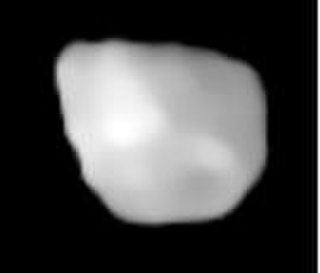
Egeria is a large main-belt G-type asteroid. It was discovered by Annibale de Gasparis on November 2, 1850. Egeria was named by Urbain Le Verrier, whose computations led to the discovery of Neptune, after the mythological nymph Egeria of Aricia, Italy, the wife of Numa Pompilius, second king of Rome.
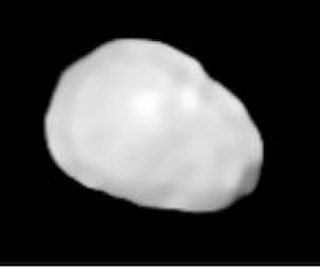
Eunomia is a very large asteroid in the middle asteroid belt. It is the largest of the stony (S-type) asteroids, with 3 Juno as a close second. It is quite a massive asteroid, in 6th to 8th place. It is the largest Eunomian asteroid, and is estimated to contain 1% of the mass of the asteroid belt.
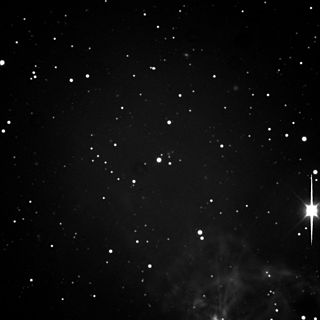
Thetis, minor planet designation 17 Thetis, is a stony asteroid from the inner regions of the asteroid belt, approximately 90 kilometers in diameter. It was discovered on 17 April 1852, by German astronomer Robert Luther at Bilk Observatory in Düsseldorf, Germany who deferred to Friedrich Wilhelm August Argelander the naming his first asteroid discovery after Thetis from Greek mythology. Its historical symbol was a dolphin and a star; it is in the pipeline for Unicode 17.0 as U+1CECA .
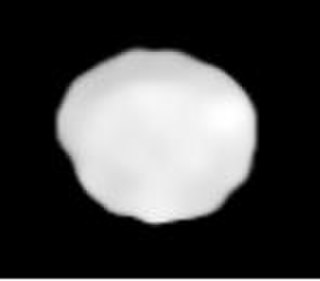
Fortuna is one of the largest main-belt asteroids. It has a composition similar to 1 Ceres: a darkly colored surface that is heavily space-weathered with the composition of primitive organic compounds, including tholins.

Amphitrite is one of the largest S-type asteroids, approximately 200 kilometers in diameter, and probably fifth largest after Eunomia, Juno, Iris and Herculina.

Hestia is a large, dark main-belt asteroid. It is also the primary body of the Hestia clump, a group of asteroids with similar orbits.
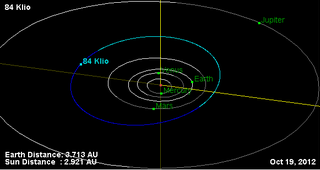
Klio is a fairly large and very dark main-belt asteroid. It was discovered by R. Luther on August 25, 1865, and named after Clio, the Muse of history in Greek mythology. The name Clio had previously been suggested by the discoverer of 12 Victoria, and that is the name B. A. Gould, editor of the prestigious Astronomical Journal, adopted for that asteroid, because of the controversy over the name Victoria. An occultation by Klio over a dim star was observed on April 2, 1997.
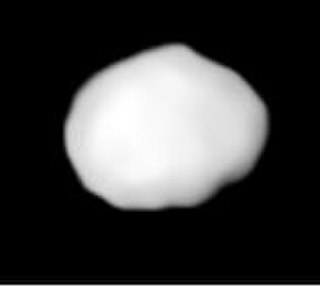
Thisbe, minor planet designation 88 Thisbe, is the 13th largest main-belt asteroid. It was discovered by C. H. F. Peters on June 15, 1866, and named after Thisbe, heroine of a Roman fable. This asteroid is orbiting the Sun at a distance of 2.768 AU with a period of 4.60 years and an orbital eccentricity (ovalness) of 0.165. The orbital plane is inclined at an angle of 5.219° to the ecliptic.
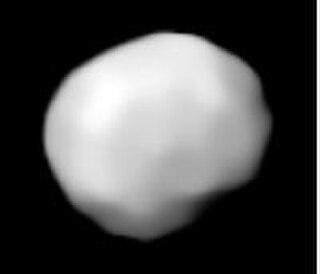
704 Interamnia is a large F-type asteroid. With a mean diameter of around 330 kilometres, it is the fifth-largest asteroid, after Ceres, Vesta, Pallas and Hygiea. Its mean distance from the Sun is 3.067 AU. It was discovered on 2 October 1910 by Vincenzo Cerulli, and named after the Latin name for Teramo, Italy, where Cerulli worked. Its mass is probably between fifth and tenth highest in the asteroid belt, with a mass estimated to be 1.2% of the mass of the entire asteroid belt. Observations by the Very Large Telescope's SPHERE imager in 2017–2019, combined with occultation results, indicate that the shape of Interamnia may be consistent with hydrostatic equilibrium for a body of its density with a rotational period of 7.6 hours. This suggests that Interamnia may have formed as an equilibrium body, and that impacts changed its rotational period after it fully solidified.

283 Emma is a large asteroid of the asteroid belt and the namesake of the Emma family. It was discovered by Auguste Charlois on 8 February 1889, in Nice, France. The reason for its name is unknown.

May is a large Main belt asteroid. It was discovered by Auguste Charlois on 28 November 1892 in Nice, and was named for the German author Karl May. This asteroid is orbiting the Sun at a distance of 2.97 AU with a period of 5.12 years and an eccentricity (ovalness) of 0.067. The orbital plane is inclined at an angle of 9.7° to the plane of the ecliptic. During its orbit, this asteroid has made close approaches to the dwarf planet Ceres. For example, in September 1984 the two were separated by 6.3 Gm (0.042 AU).
Gyptis, minor planet designation: 444 Gyptis, is a main-belt asteroid that was discovered by J. Coggia on March 31, 1899, in Marseilles. It is classified as a C-type asteroid and is probably composed of carbonaceous material. The spectra of the asteroid displays evidence of aqueous alteration.

























